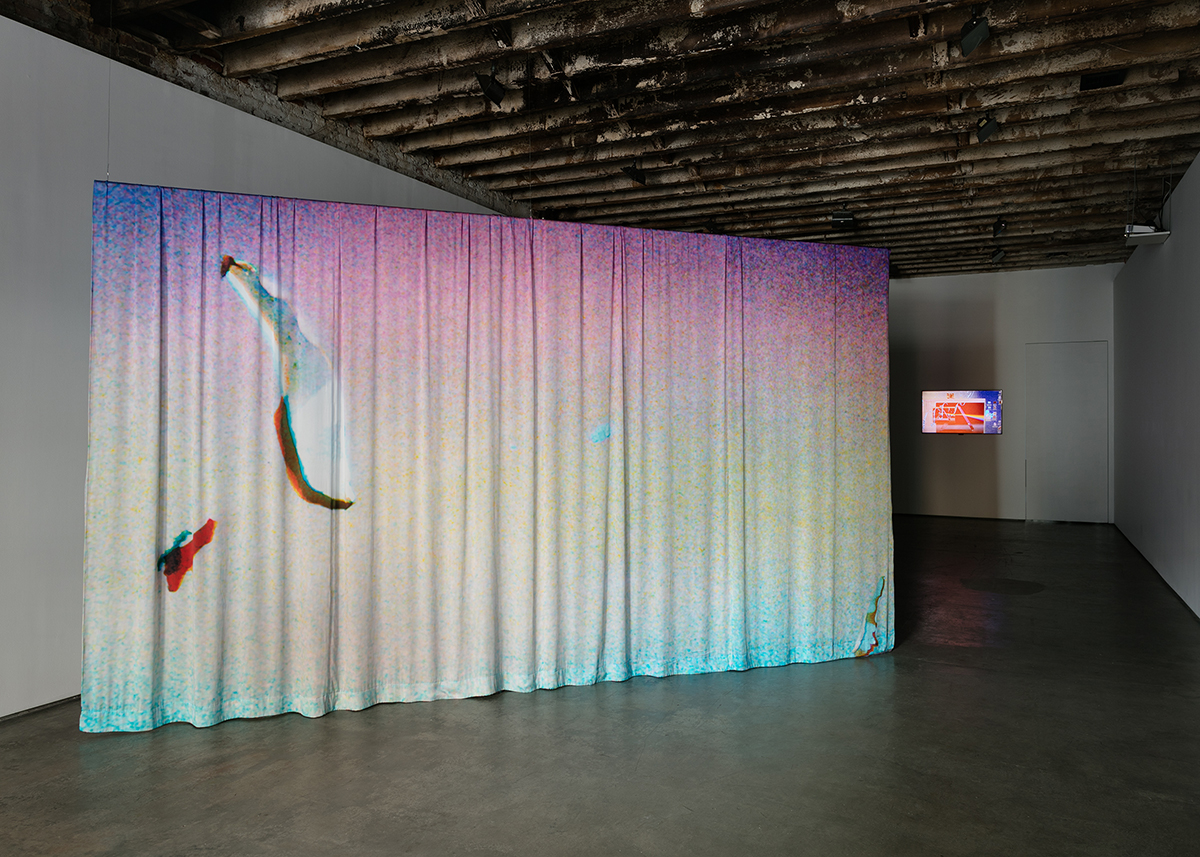
‘Double Curtain 1’ (2017). Victoria Fu.
California-based artist Victoria Fu, the official artist of 2019’s Deutsche Bank Wealth Management Lounge at Frieze Los Angeles, is at the forefront of exploring the realm between the digital and the analog, as she explains to Anna Wallace-Thompson
DEUTSCHE BANK WEALTH MANAGEMENT x LUX
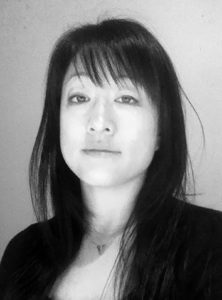
Victoria Fu
Hazy circles of red, blue and aqua overlap, a Venn diagram of mingling new colors emerging from textured surfaces. Elsewhere, scratches like the snags on celluloid skip across the faded screen of a computer desktop. They exist amongst a procession of lights and shadows, but – like the most famous shadows of all, on Plato’s cave wall – which are real, and which are not?
Follow LUX on Instagram: the.official.lux.magazine
It’s a good question, and one that Californian artist Victoria Fu finds immensely intriguing. In an ever more digitized world, Fu is interested in the space between the real and the virtual, the analog and the digital. This duality leads to lush, textured works and installations comprising layers of shapes and forms, blurring the boundaries between what is physically there and what is digitally inserted (or even projected) onto a surface.
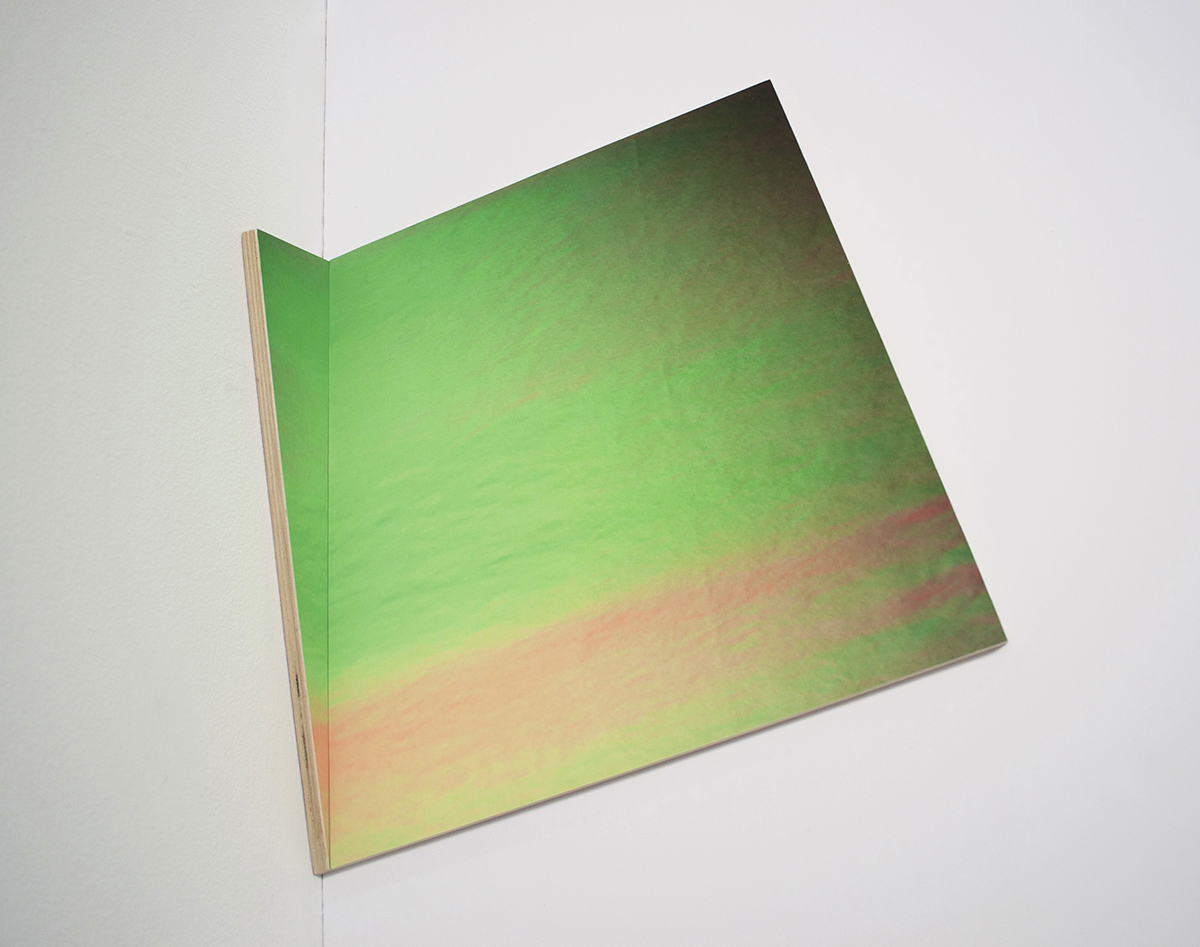
‘Medium Square 4’ (2018). Victoria Fu.
Born in Santa Monica, and a Stanford and CalArts alumna (she is also the co-founder of The Moving Index, an online database of all things video art), Fu’s artistic practice explores how we navigate time and the body within this evolving area. “When I began working with moving image installations (film and video), I found myself migrating into the digital and virtual world, away from the materiality of film and its processes,” she explains. “I started to feel what can only be described as a sort of existential loss of the ‘real’ – whatever ‘real’ is. The loss of a connection, of situating my body in time and space. I addressed this loss through combining both analog and digital elements in a variety of installation formats and configurations.” With works such as Double Curtain 1 (2017), part of her solo show ‘Télévoix’ at New York’s Simon Preston Gallery in 2017, for example, she literally divided the room to create a double-sided installation that played with contrasts such as dark/light and physical/virtual, and showed her fascination with what the normally unseen rear of an image might be like. Meanwhile, in ‘Velvet Peel’, her solo show at LA gallery Honor Fraser in 2015, her interest in how we interact with our world was evident in Pinch-Zoom (2015), a large, Las Vegas-style neon sign in which fingers pinch in and out, as when manipulating the touchscreen of a smartphone.
Read more: Switzerland’s spectacular new ski region
LUX: You probe what lies behind an image. Can a digital image really have a ‘back’? Can you turn it over?
Victoria Fu: While working on Belle Captive 1 (2013) for the Whitney Biennial, I was making installations with faux walls. You could see a projected image on the ‘face’ of the wall, but if you went around the back, it was the unfinished raw wood frame of the structure, revealing the image as nothing more than an empty façade. I started thinking about how an image is, for lack of a better word, so ‘flat’ and one-directional. It begged the question: what’s on the other side? How would one conceive of an image ‘in the round’, or sculpturally, in installation?

‘Belle Captive I’ (2013). Victoria Fu
LUX: How are you exploring this other side?
Victoria Fu: Part of what appeals to me is the unknown, and the spookiness of it as well. What is the dimension of a pixel – does it have space? What is behind it? Let’s flip it over! So much of what we see on TV, in films and advertisements, is all done in post-production. There are all these layers of things that don’t really have a root in the ‘real’ world. In most films, you can sort of imagine what the air smells like in a room between a figure and the background, you have that sense of dimension and place. But with enough computer-generated elements, there are so many disparate layers all spliced together to form a coherent image reality. There’s no texture. There’s no ‘smell’. I’m fascinated by that glassy emptiness.
LUX: Wait, what do you mean ‘the smell’ of an image?
Victoria Fu: How do we make sense of our relationship to images through our bodily senses? How does the act of touching the screen and the new haptic dimension of images influence how we understand where we are in the world, and to some degree who we are? There’s an ontological element to these acts, how we make sense of our being – obviously we use our eyes in this image-saturated world, but now we’re ‘touching’ images too. It makes sense then that we might try to make use of our sense of smell. What does an image smell like? Textures in certain images can conjure up an abstracted sense of smell. With some digital images there’s a void, like when you have a cold and you can’t taste or smell anything. It’s that absence that I find so interesting, as a texture in itself.
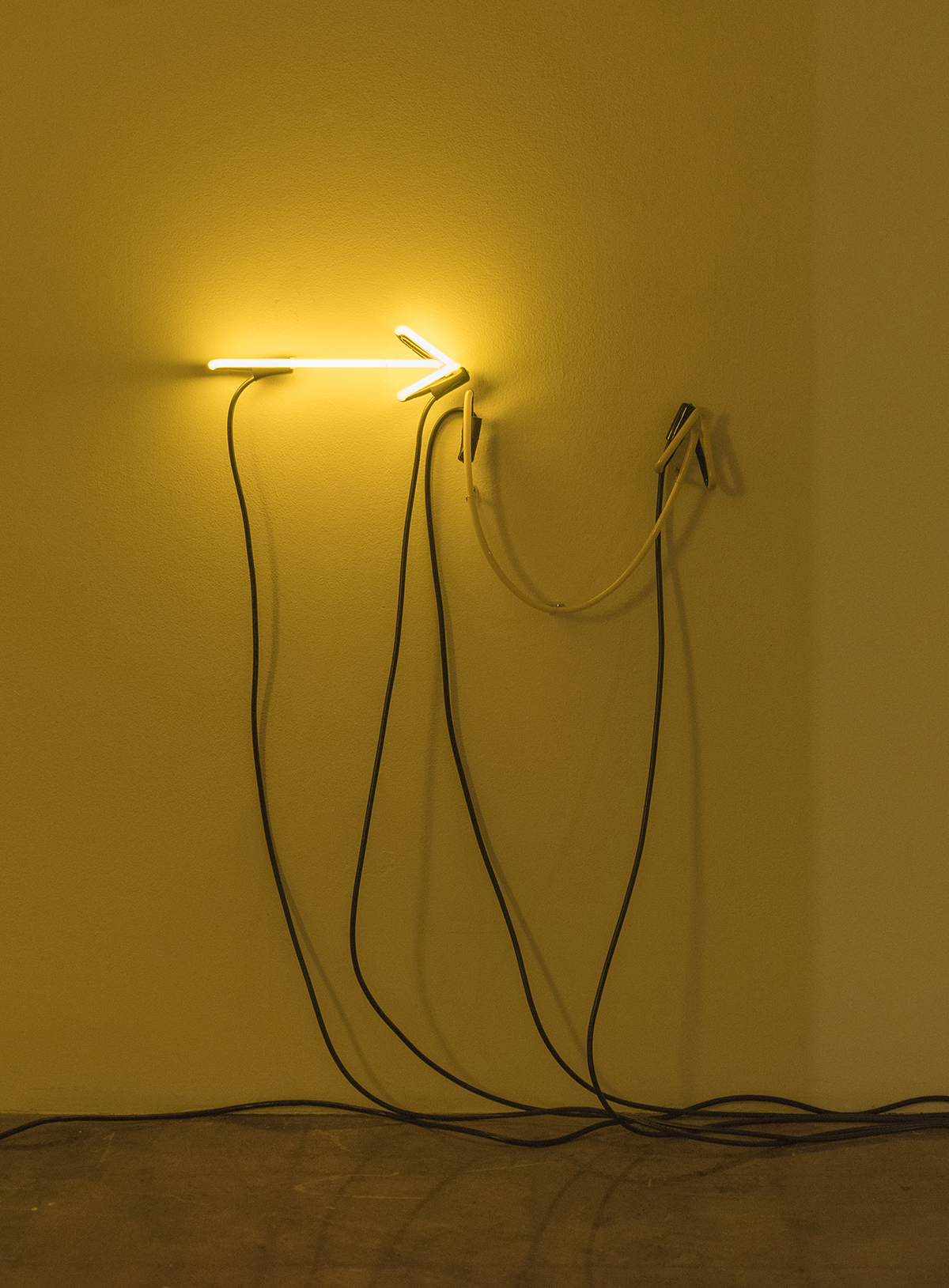
‘Scoop’ (2015). Victoria Fu.
LUX: There’s a lot of this duality in your work – the landscape that exists between the ‘there’ and the ‘not there’.
Victoria Fu: I identify with a generation that grew up in an analog world but is perfectly fluent and comfortable in the digital. I’m interested in mixing things together in a way that one can’t extract what part is digital and what is analog, and in showing how these things are inextricably connected to each other as images.
Read more: Meet the new creative entrepreneurs
LUX: How so?
Victoria Fu: Double Curtain 1 from ‘Télévoix’ is a single film frame that contains the glitches and by-products of hand-processing film. The shapes on the curtain are scratches on film emulsion, and the particular way in which the different color layers of emulsion flake off. I then took this film image to somebody in Hollywood who works with 3D post-production, and they extruded 3D shapes out of the 2D ones, almost like creating a topological map of a landscape, and printed it on the back of the curtain. The double-sided curtain expresses these dual worlds – it’s the same world, it’s one curtain, yet that reality can be expressed in more than one way (depending on which side you’re standing). There is a video projection on the wall behind the curtain that imagines what kind of shadows that 3D-extruded shape would cast. This is the game of telephone, where each translation distorts the next iteration of the original – hence the name of the exhibit, ‘Télévoix’.
LUX: How important to you is the viewer’s body in the space itself?
Victoria Fu: Very – it’s one of my primary interests. A work can be viewed as documentation, as a video file, and still engage somebody, but it really is a different experience in person. I think a lot about how we spectate, how we situate ourselves in time and space in relationship to the moving image, and how that is changing. When you view one of my moving-image works there are moments when you can get quite comfortable and immersed in the narrative, and then there are moments where you are yanked into another space – and sometimes it’s the very gallery space you’re sitting in. This back and forth is what I find interesting, where you never quite sit comfortably.
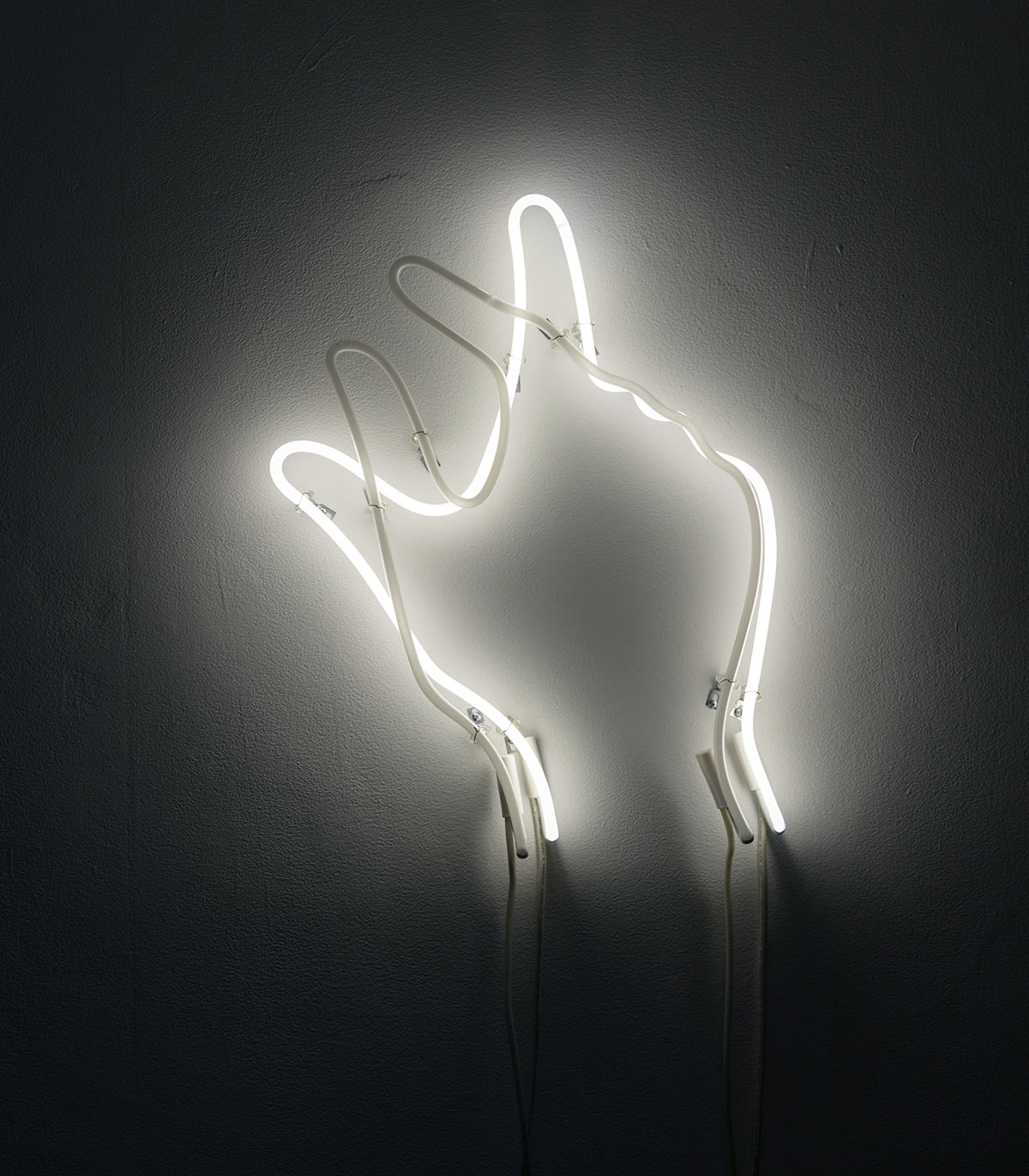
‘Small Pinch-Zoom (white)’ (2015). Victoria Fu.
LUX: Have you thought about working in virtual reality?
Victoria Fu: I’m curious about VR but I draw the line at interactivity and an actual touchscreen. I enjoy the buffer between spectator and image, and that’s kind of where I live. VR still emphasizes a kind of cinematic looking in a way that might be in keeping with my interests.
LUX: Speaking of the moving image, the Frieze LA venue is Paramount Studios, a real film lot. Does that relate to your work in any way?
Victoria Fu: With Frieze opening in LA there’s a very conscious coming together of Hollywood and the art world, and I think there are a lot of commonalities between the two that I embrace, as it’s very relevant to the content of my work. The language and tools of film production are central subjects for me. I think the context of Hollywood will help underline how I am thinking through the processes and tools of how we create a visual reality through the moving image, and how we are changing as spectators, from viewers to users in a melding of the two.
Victoria Fu has been invited to create a site-based installation in the Deutsche Bank Wealth Management Lounge at the Paramount Theater, Los Angeles, presented in collaboration with Deutsche Bank’s Art, Culture & Sports division. Deutsche Bank has been supporting cutting-edge artists globally for more than 35 years – building a substantial collection of works on paper, recognizing young artists with awards and commissions and organizing numerous exhibitions and museum partnerships. For more information visit: art.db.com
This article was first published in the Winter 2019 issue
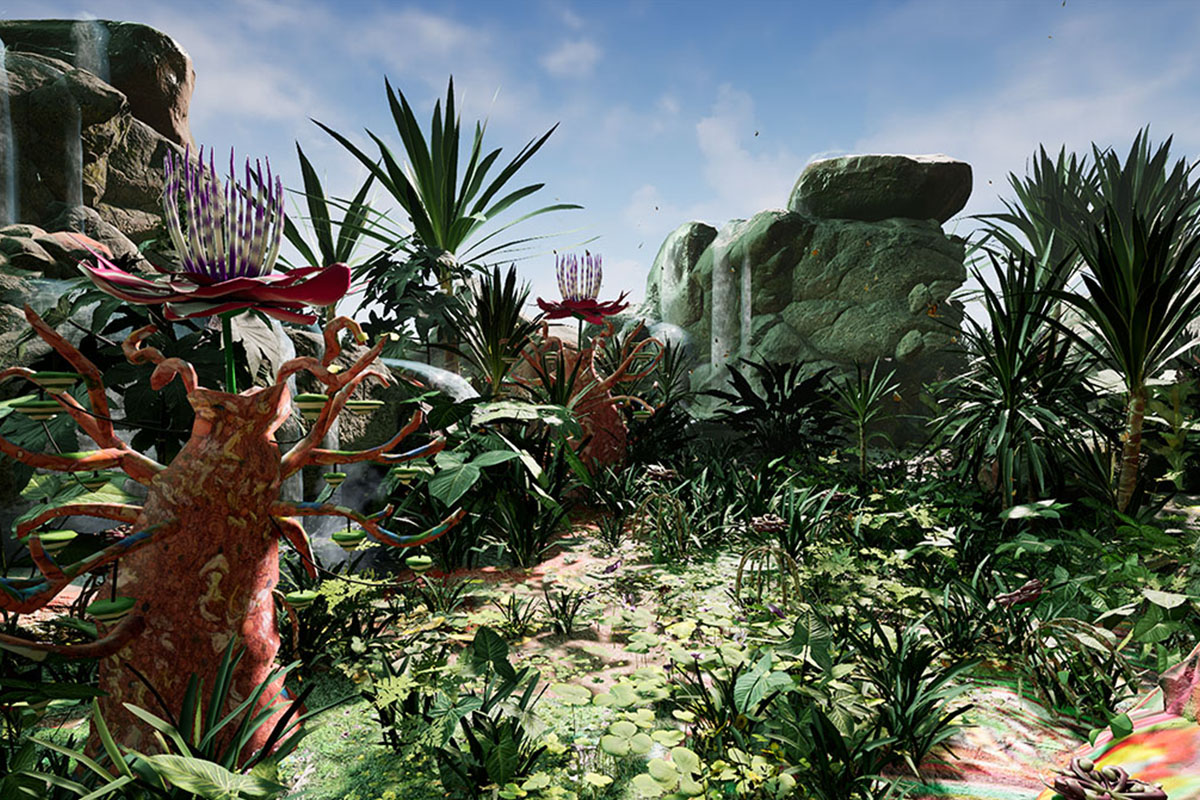
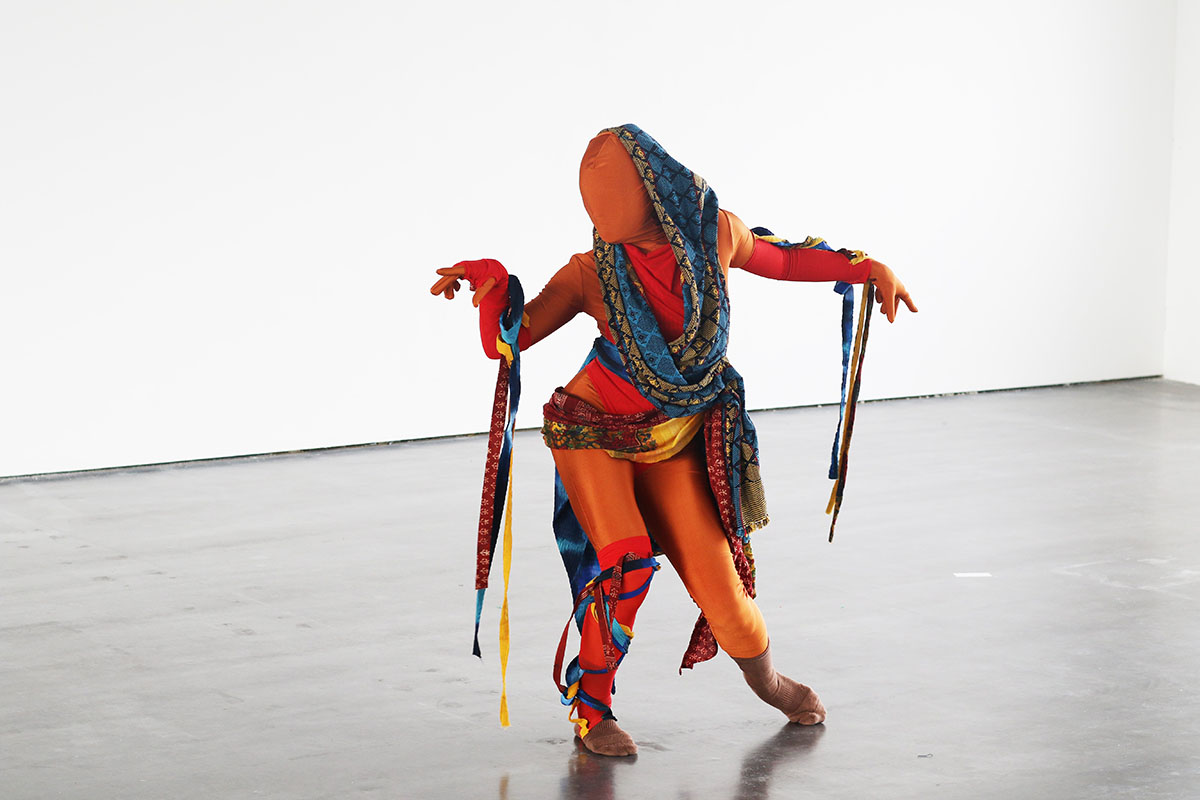
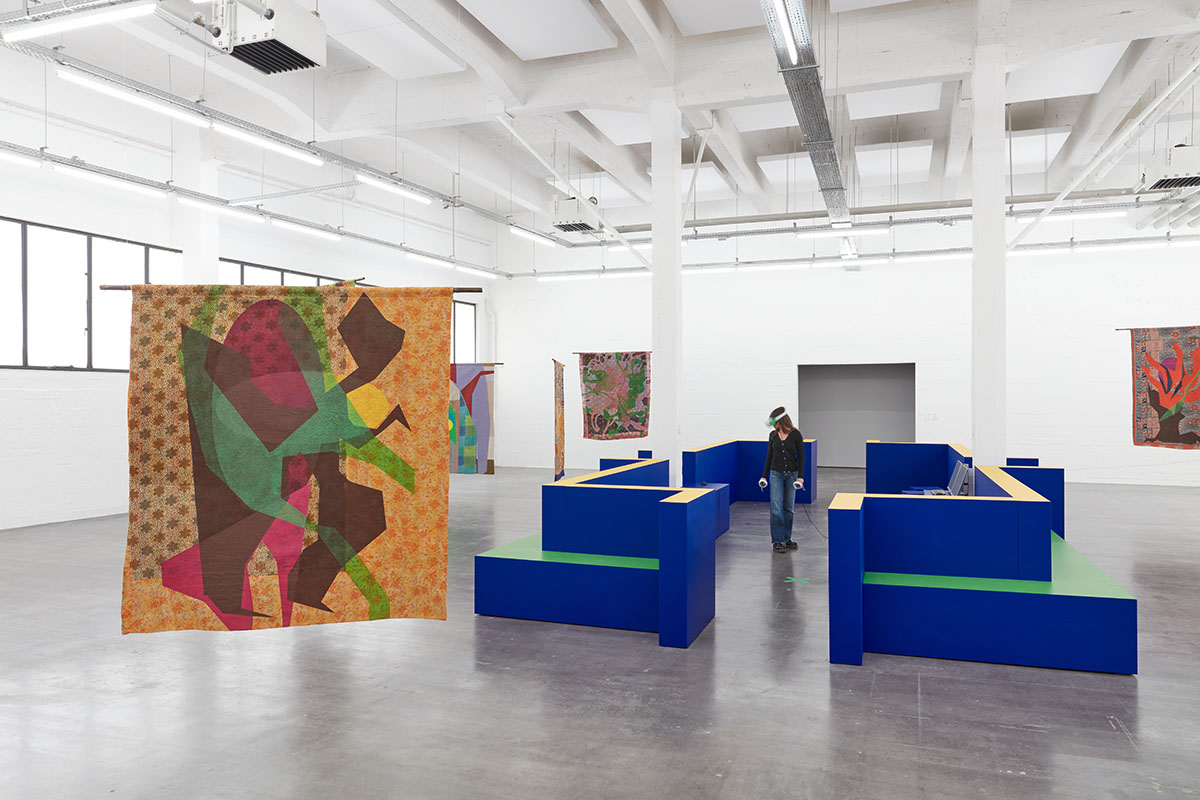
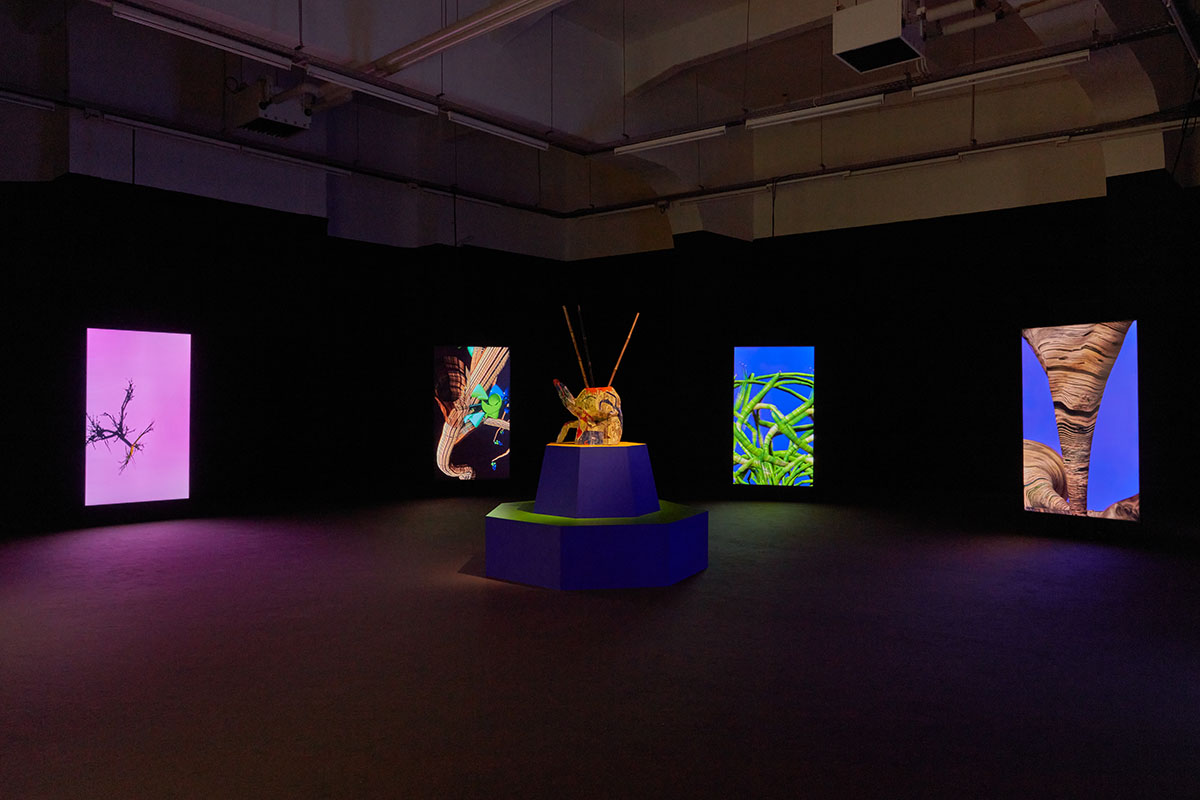

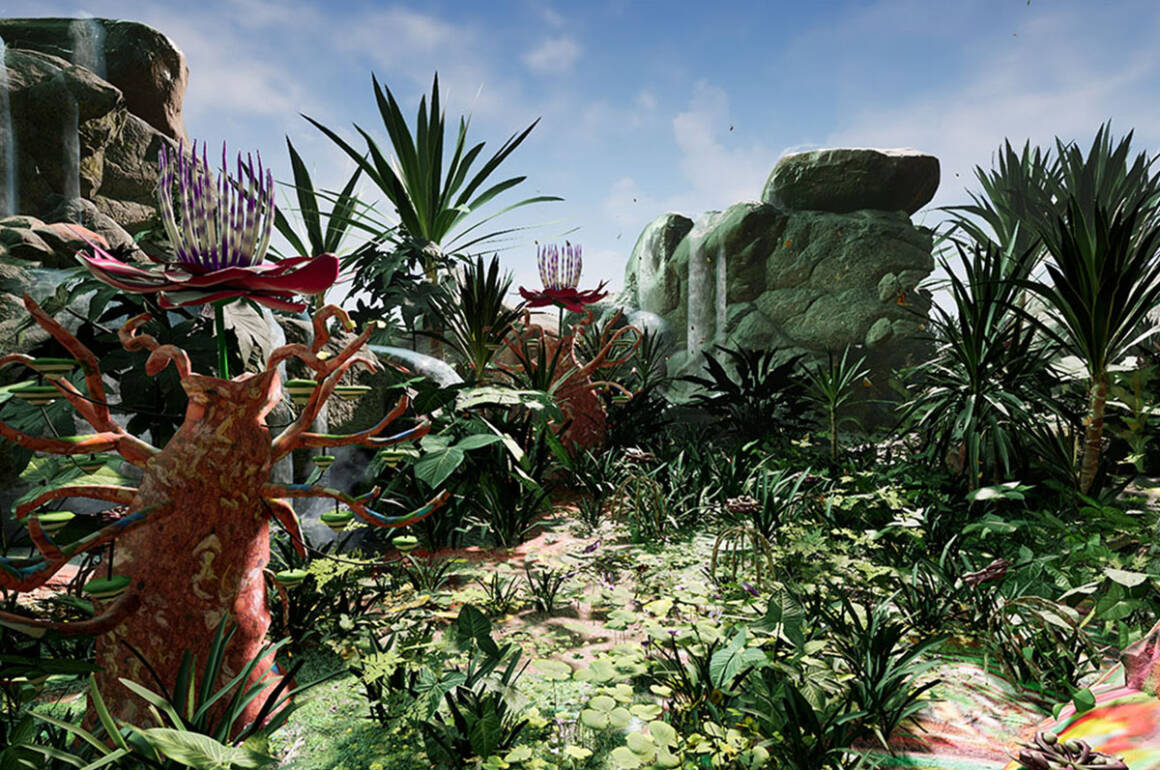
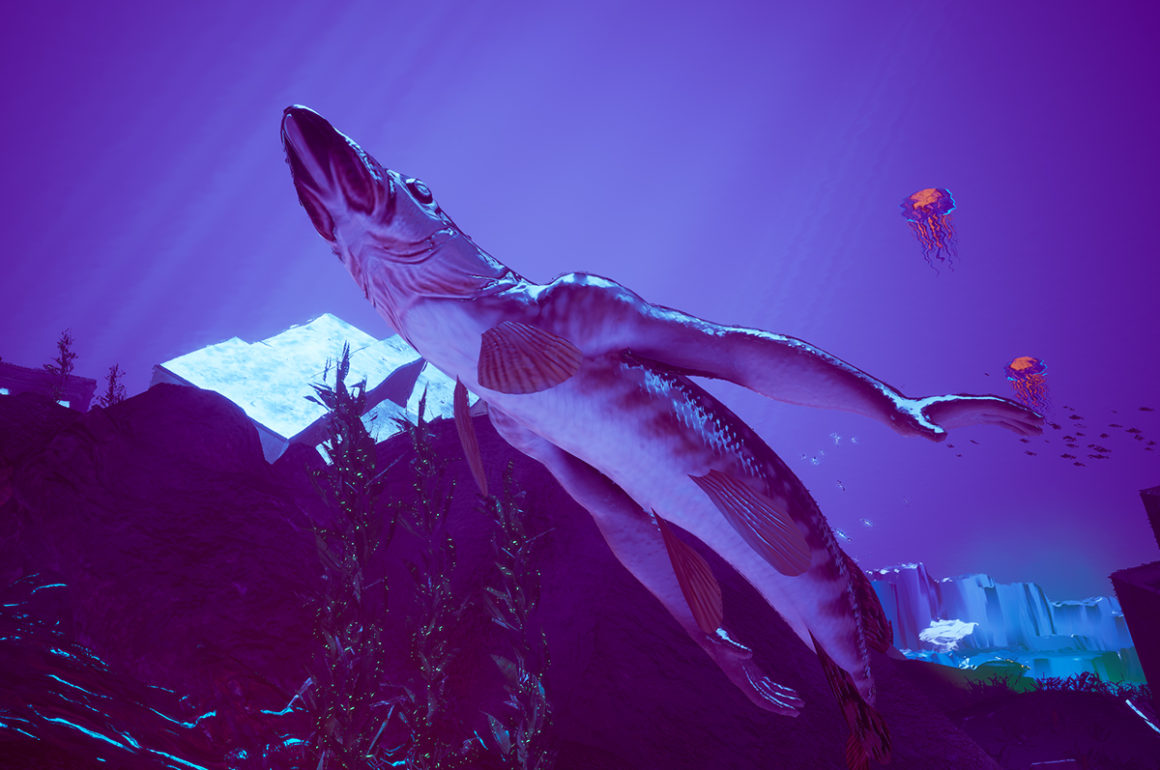
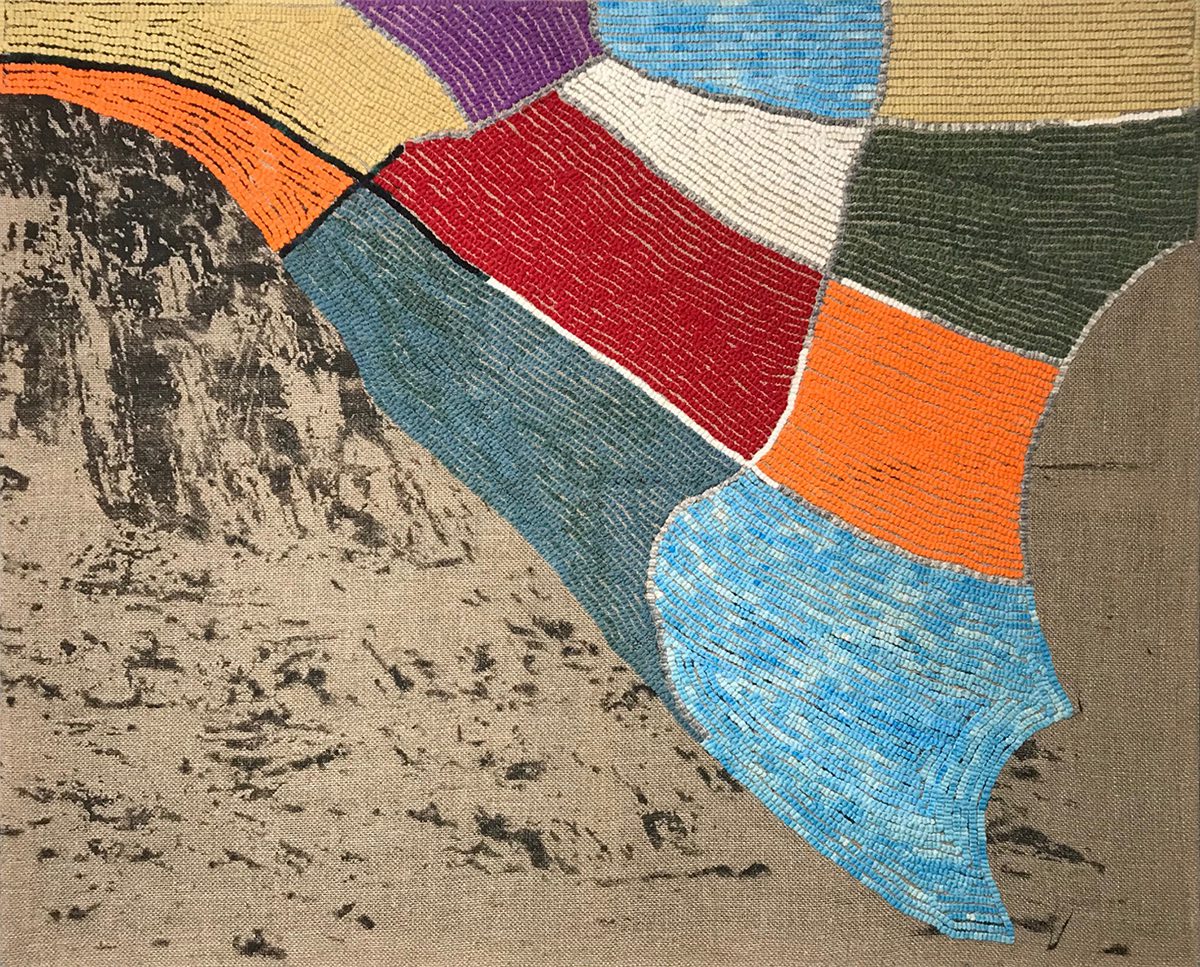
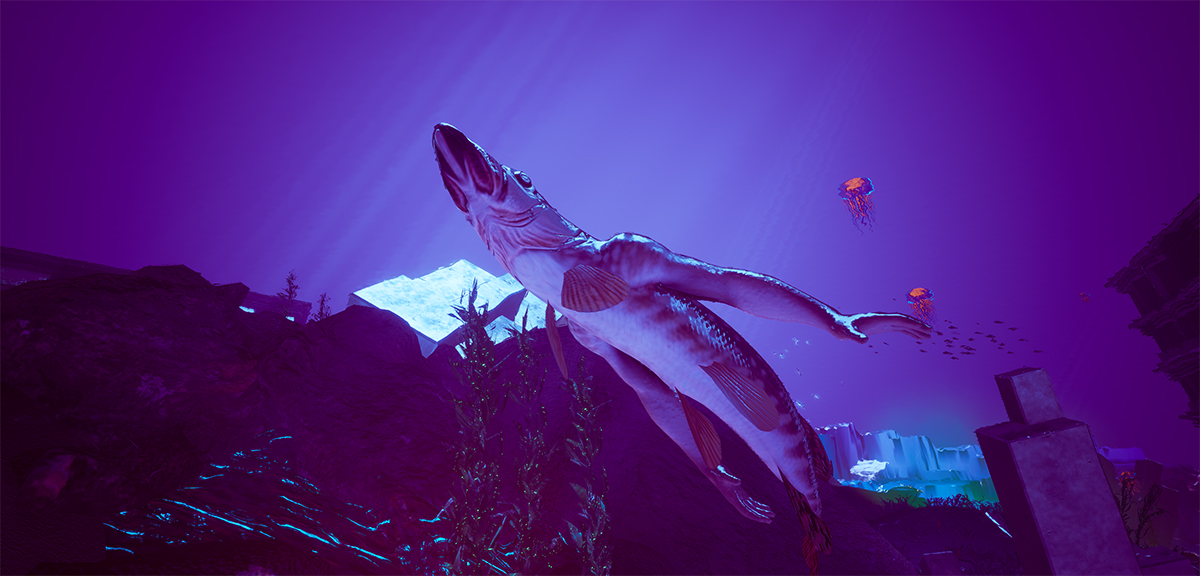

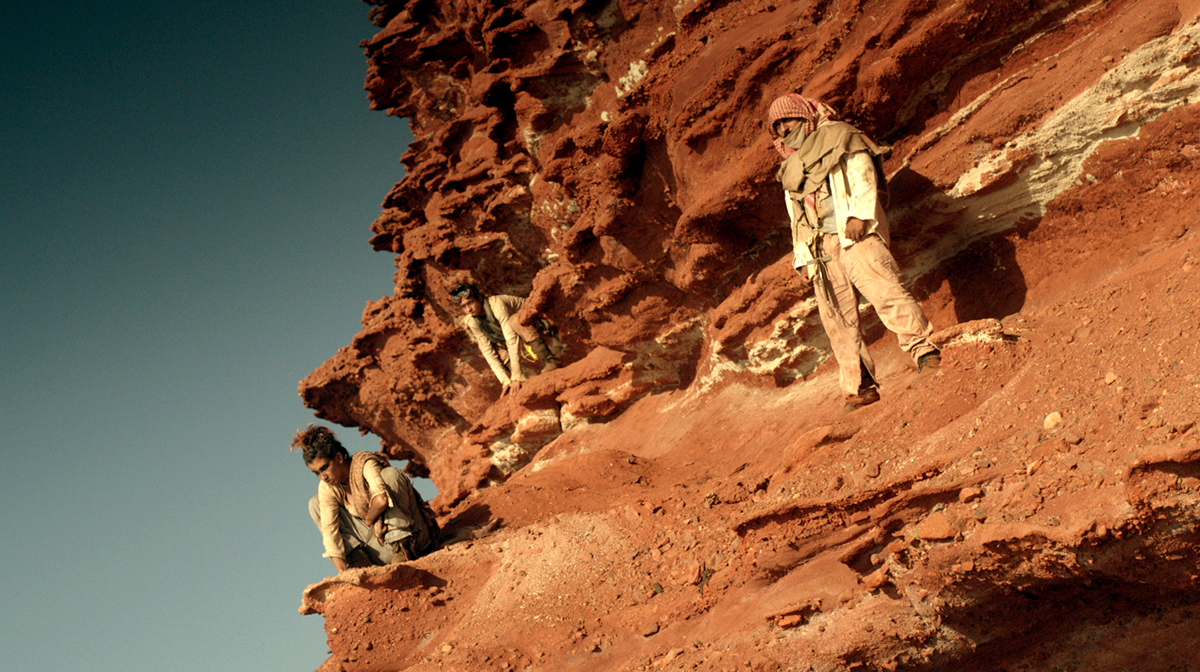
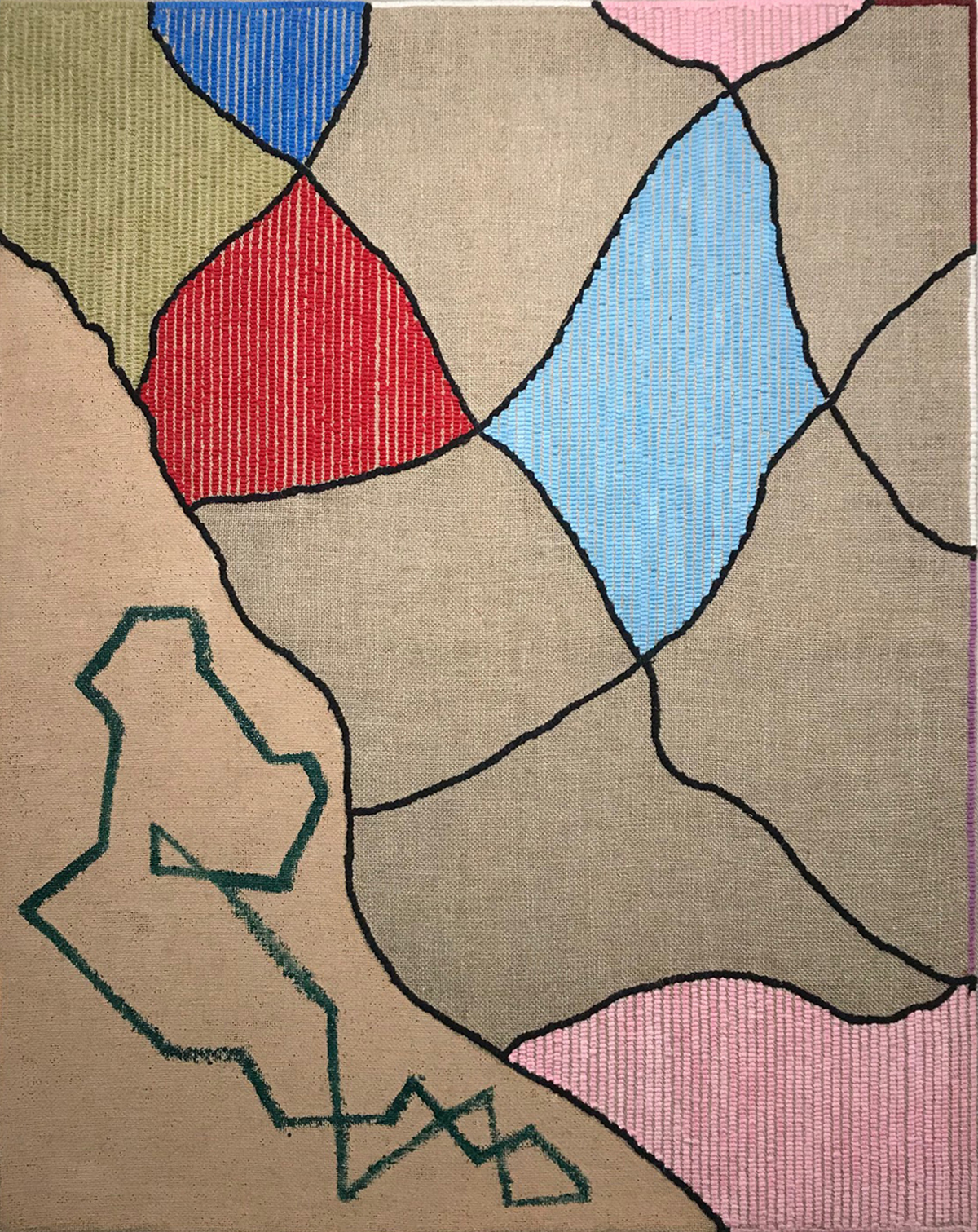
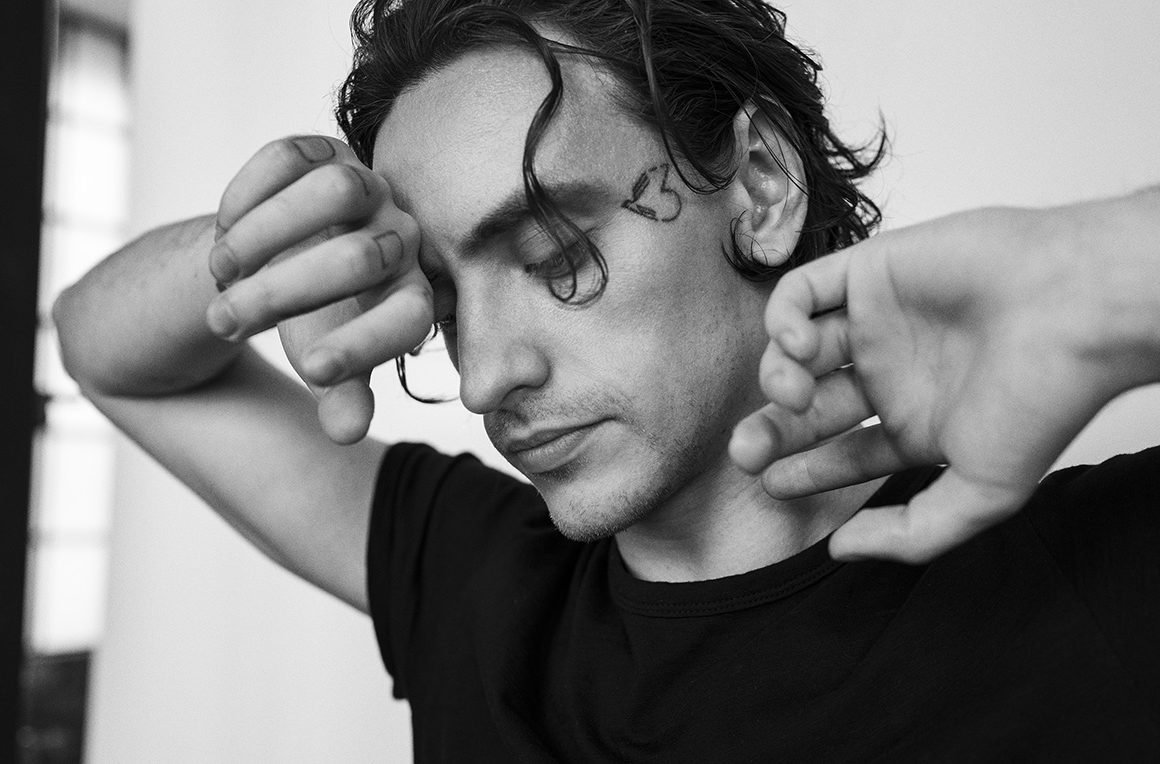
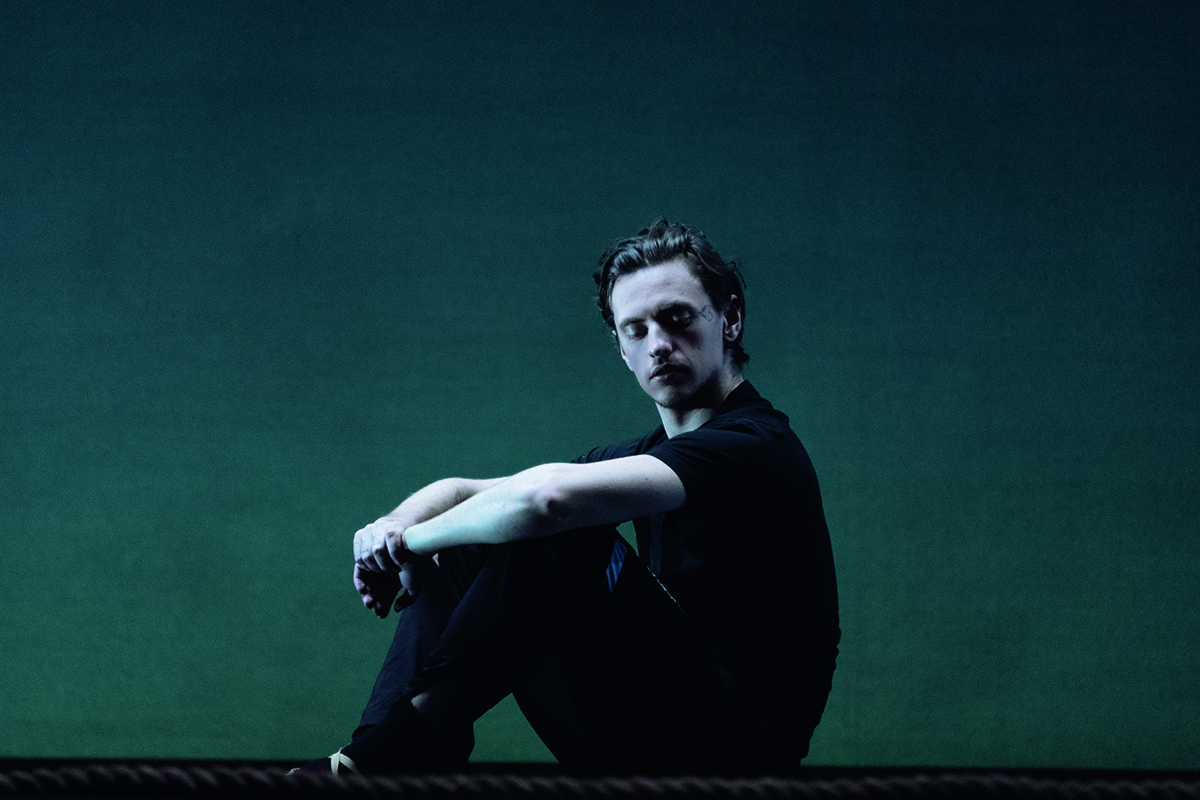
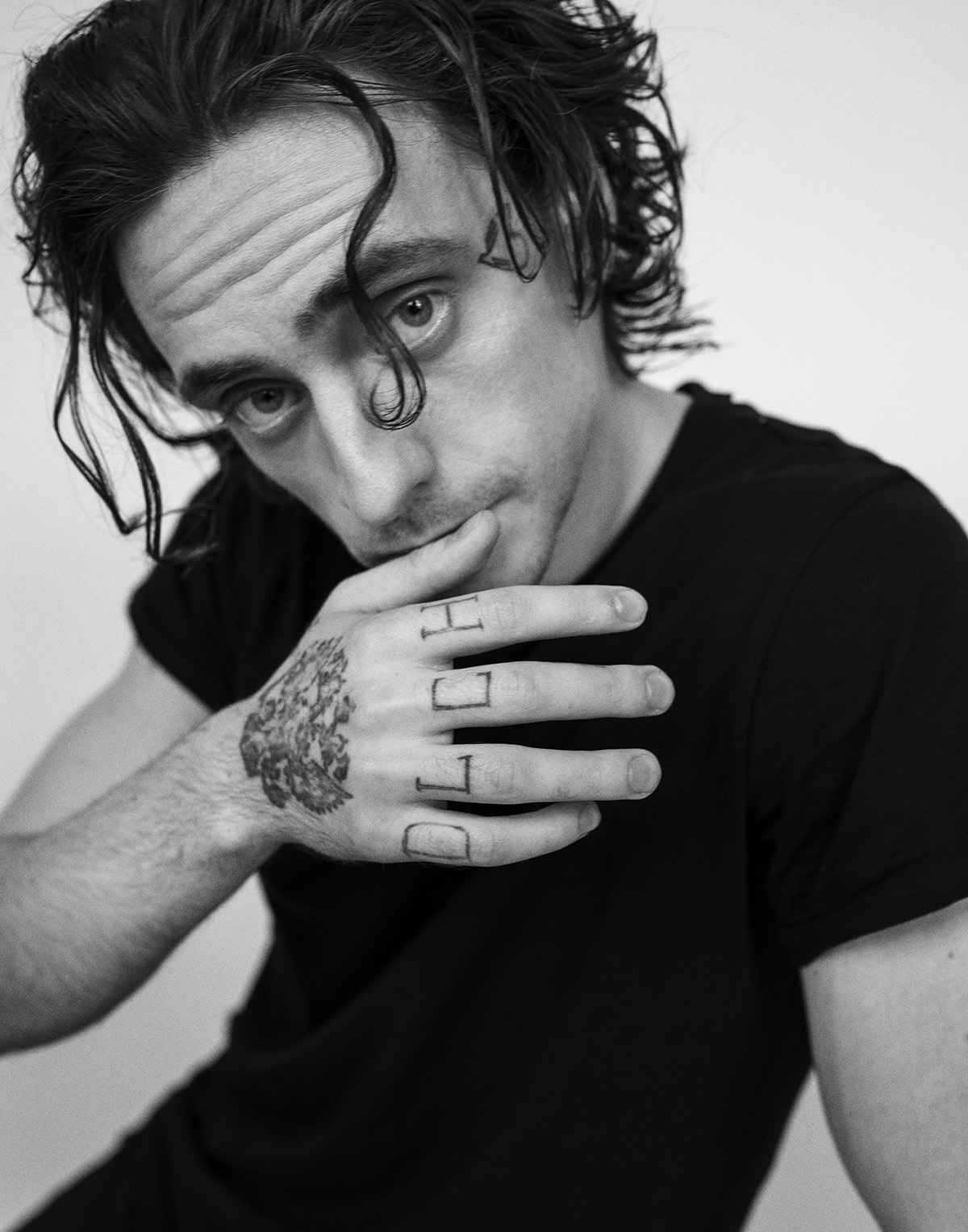
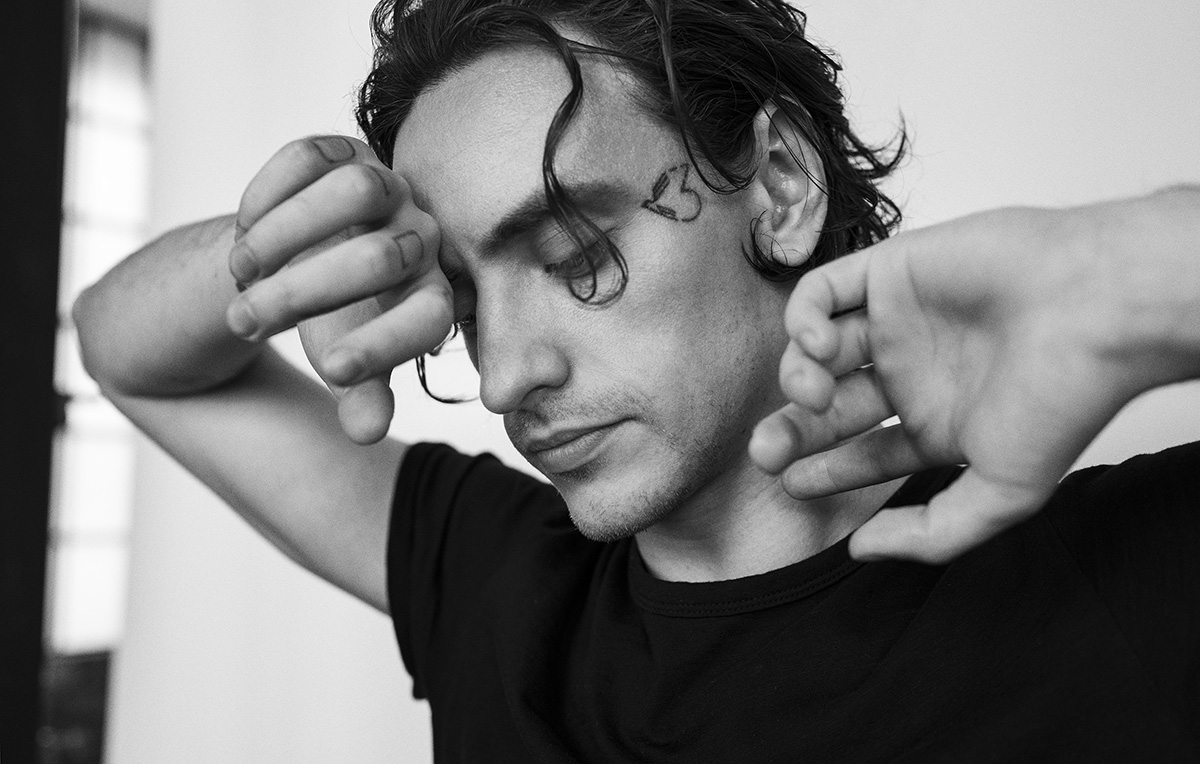
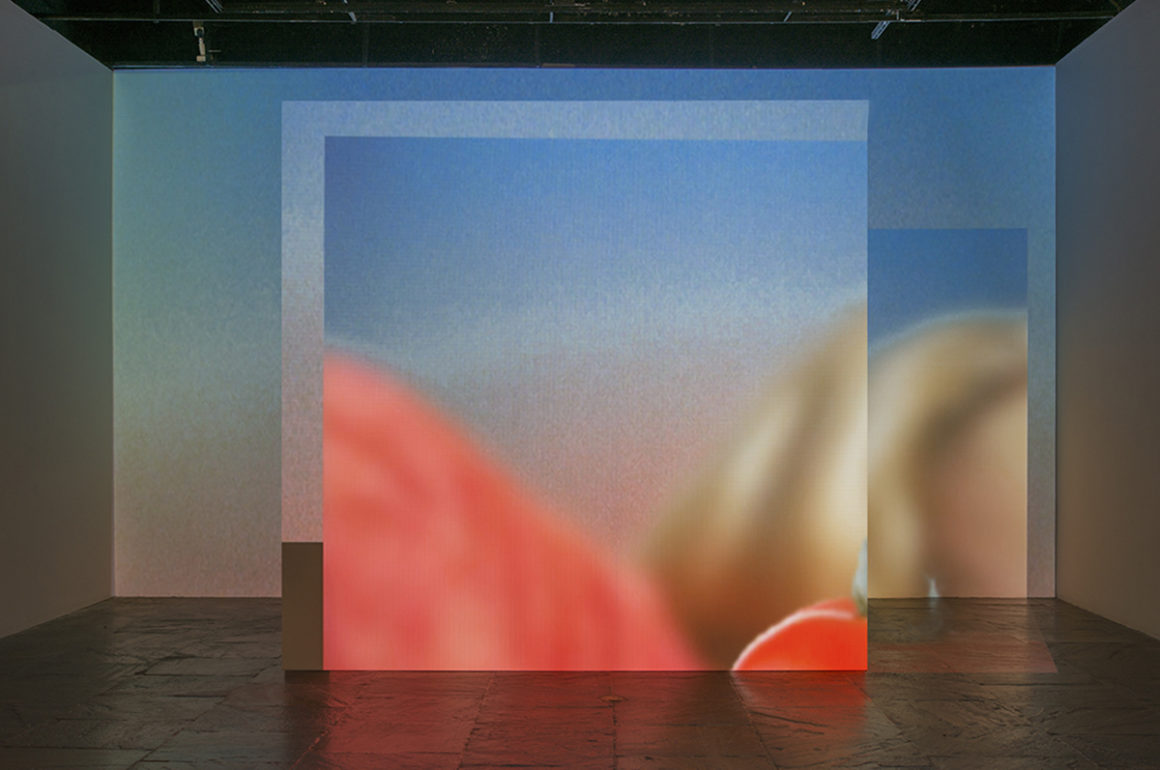






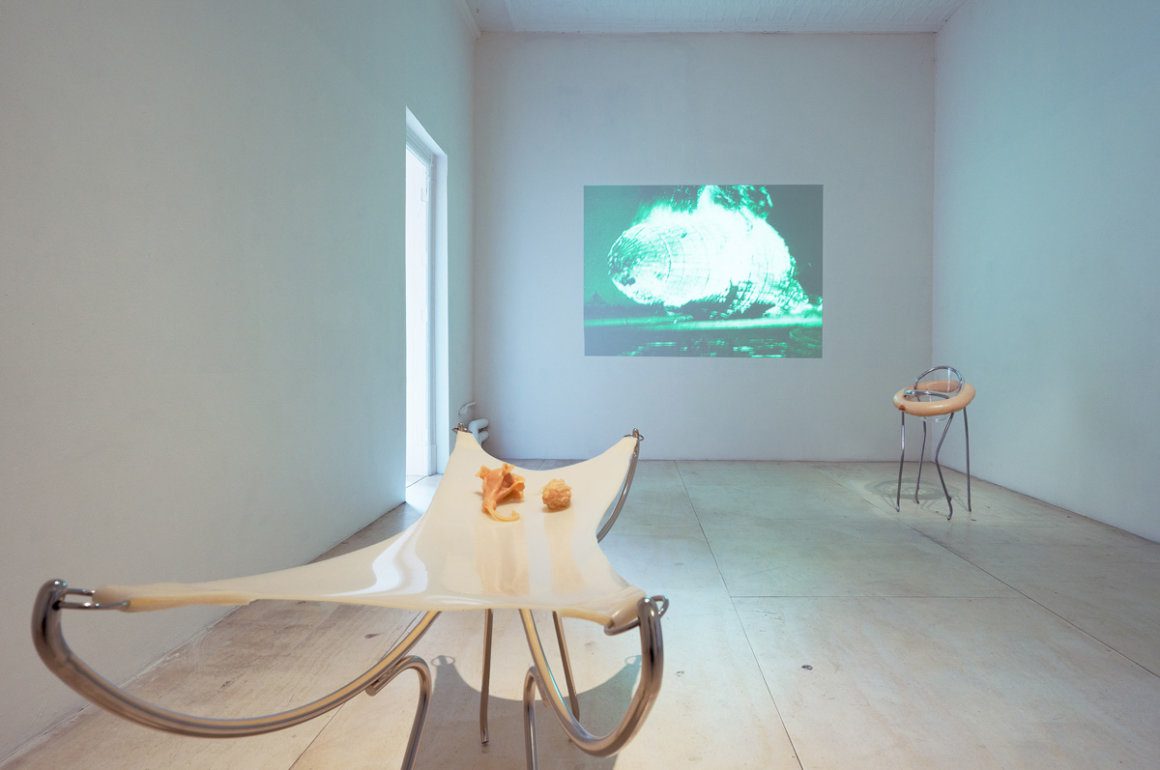

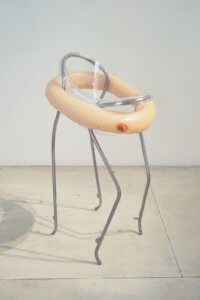




Recent Comments